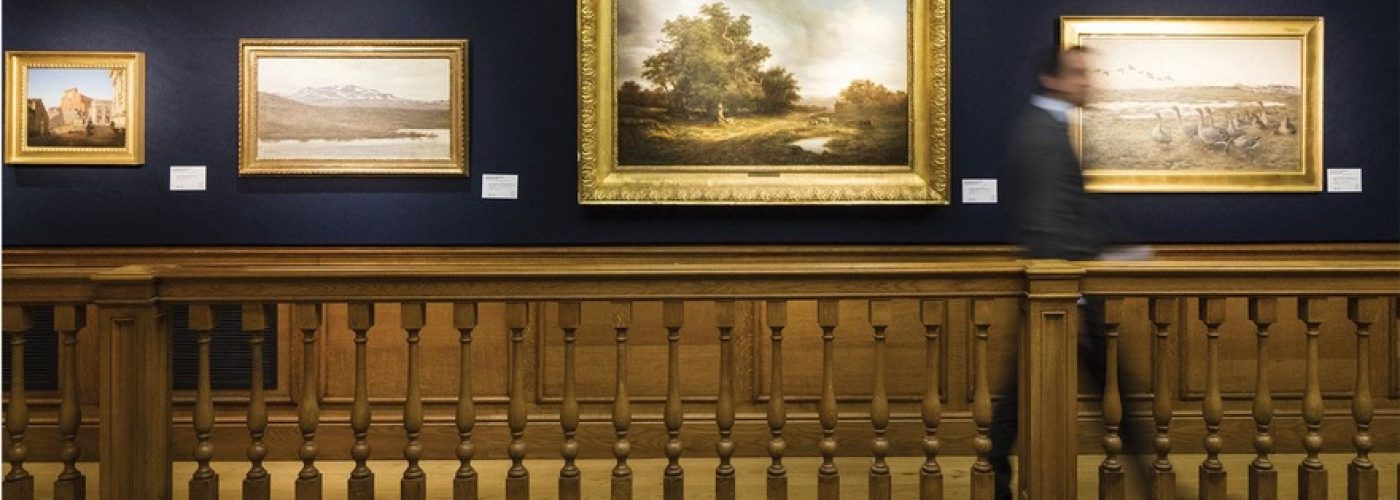Works of art and antiques are really delicate elements that must be taken care of in a very specific way to keep them in good condition.
These pieces of great value are very delicate and require a series of special care to be taken into account, especially when organizing exhibitions in art galleries.
Whether they are paintings, sculptures or relics, they must be protected from dirt and the passage of time so that they do not lose their value.
Art is also an investment of great value for many that require large amounts of capital on many occasions.
How To Preserve Your Works Of Art And Antiques
Based on expert advice, here are a few tips to safeguard those wonderful collectibles that would make anyone proud:
1. Avoid Direct Sunlight
Direct exposure to the sun’s ultraviolet rays has a great impact on almost anything, especially antiques and collectibles. This is why you should avoid locating a piece of art outside or in any place where it receives direct sunlight.
Similarly, these delicate pieces should not be placed near any type of heat source. If it is a painting, exposure to high temperatures can damage the frame, weaken the colors and lead to condensation on the back.
2. Beware Of Humidity
The level of water in the air can affect the condition of your artwork or antique. That is why it is essential to control the humidity of valuable parts by means of a humidity meter.
Convelio UK experts recommend maintaining a temperature between 65 and 75 °F (18 and 24 °C) and a relative humidity between 55% and 65%. You should also be careful when moving works of art from one place to another, as sudden changes in temperature can cause damage.
3. Choose A Safe Location
If you decide to fix the artistic element or antique to the wall, you must choose solid and quality anchors to hang the frames. Remember to position it at a high height to prevent it from being within the reach of potential accidents.
4. Frame It In Acrylic, Not Glass
An effective protection measure is that the work is framed within an acrylic with UV filter.
Some people choose glass to care for their valuable pieces, but this will not prevent discoloration or yellowing caused by contact with sunlight.
5. Do Not Use Cleaning Products
Works of art and antiques are usually delicate, so soap or other products that can damage them should not be used when cleaning. Simply remove the dust with a feather duster or fine bristle brush.
To clean the glass or acrylic that protects your piece, use a microfiber towel or soft, non-abrasive cloth. You could also buy a glass cleaner without ammonia.
6. Install Water Detectors
To prevent your works from being damaged by a flood, we advise you to install water sensors next to any water source on the site. If a leak occurs, you will immediately receive an alert on your smartphone.
7. Protect Your Hands
You should avoid handling paintings and even very old frames without wearing cotton gloves. This is to prevent the grease from your fingers from wearing away the colors and even the composition of the canvas.
8. Keep a Separation Between Each Work
If you have multiple works of art in storage, be it paintings or antiques, it is important to place a two or three layer cloth between each piece to prevent bumps, dents and tears.
9. Do Not Leave Paints In Tubes
If you’re not ready to hang your art yet, don’t leave your rolled paintings in the protective cardboard tubes for too long. Acrylic or oil paint stored in tubes is at risk of staining, cracking, or dullness if stored for months.
10. Pay Attention To Transportation
Certain precautionary measures must be taken when transporting works of art and antiques. You should know that many of the accidents and damage to these pieces occur when they are moved to the collector’s home, the auction house and the galleries.
For greater security, you could hire a company specialized in the transport of valuable pieces. These companies have the appropriate protection materials to move the works from one site to another without causing any damage.





